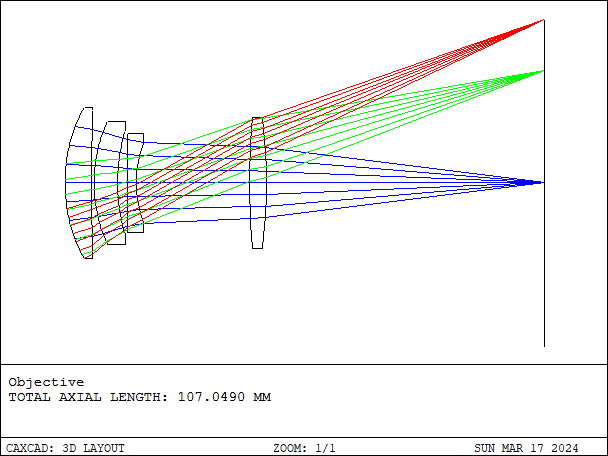Imaging objectives are vital components in optical systems, used to convert optical information from the object being imaged into an image. When designing imaging objectives, several factors need to be considered to ensure their performance and quality. Designing imaging objectives using CAXCAD optical design software facilitates a convenient and efficient process!

Resolution and Clarity: The design of imaging objectives should pursue high resolution and clarity to ensure the clear visibility of image details. This involves precise control over lens surface quality, optical materials, and coatings.
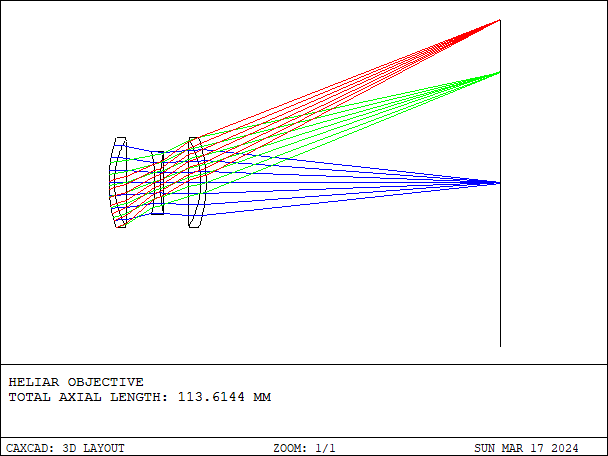
Distortion Correction: Distortion correction is essential in the design of imaging objectives, particularly for correcting aberrations. Distortion can cause stretching or compression of images, affecting their accuracy and quality. Therefore, measures need to be taken to minimize or correct these distortions.
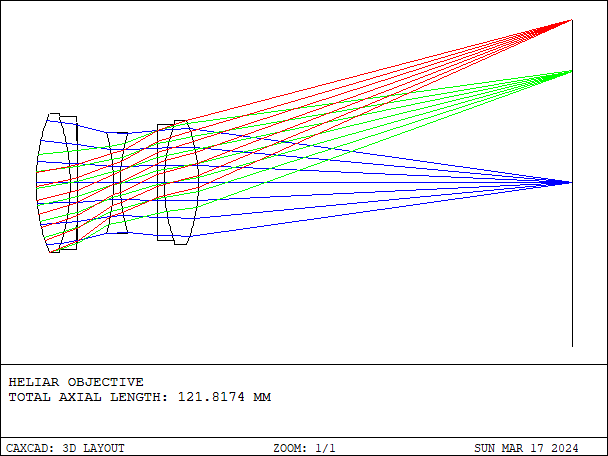
Chromatic Aberration Correction: Chromatic aberration is another crucial factor affecting the performance of imaging objectives. It causes different wavelengths of light to focus at different positions within the lens, resulting in chromatic aberration. Therefore, appropriate chromatic aberration correction methods are needed to ensure the accuracy of color reproduction in images.
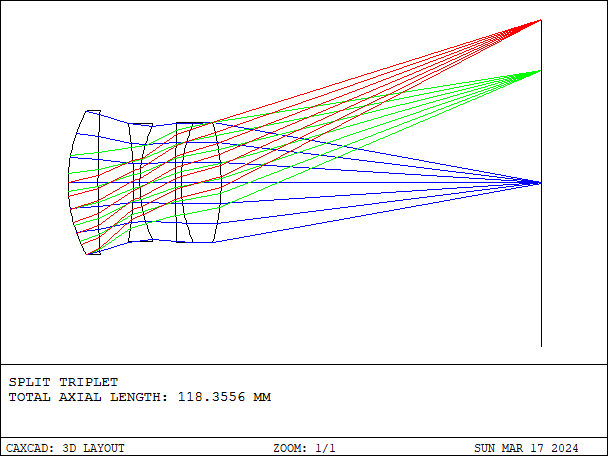
Optical Design Software: Utilize advanced optical design software such as CAXCAD for designing and optimizing imaging objectives. These software tools can simulate the behavior of optical systems and provide optimization algorithms to help designers efficiently optimize system performance.
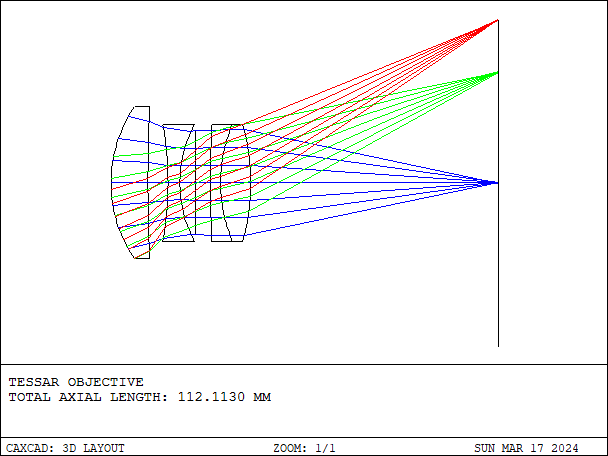
Optical Component Selection: Select optical components suitable for imaging objective design, including lenses, prisms, and mirrors. When choosing optical components, factors such as material properties, surface quality, and optical performance need to be considered.
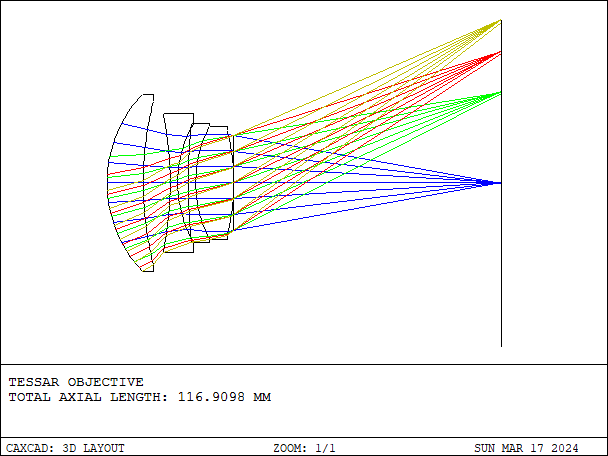
Optical Path Design and Optimization: Design the optical path of the system rationally, including selecting and arranging optical components appropriately to achieve the desired imaging effect. During the design process, optical system optimization is necessary to enhance the performance and efficiency of imaging objectives.
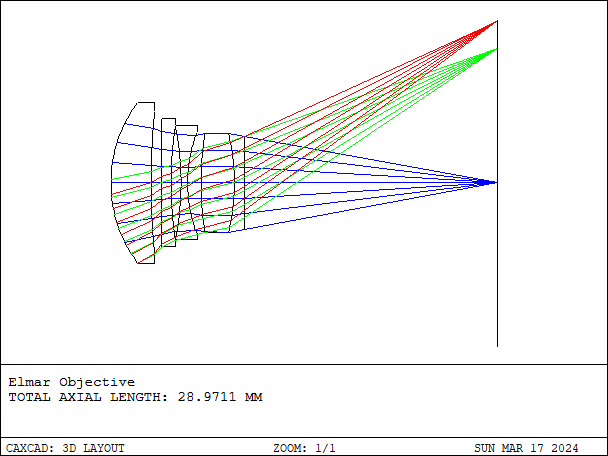
Experimental Verification and Adjustment: After designing, experimental verification and adjustment are necessary to ensure that the performance and quality of imaging objectives meet expectations. This includes testing the system using appropriate testing equipment and methods, and making necessary adjustments and calibrations.
 AT F4 20 DEGREE.png)
In summary, designing imaging objectives involves various engineering and technical aspects, including resolution and clarity, distortion and chromatic aberration correction, optical design software, optical component selection, optical path design and optimization, experimental verification, and adjustment. By considering these factors comprehensively and employing appropriate measures and techniques, superior imaging objectives can be designed to meet the requirements of different application fields.
